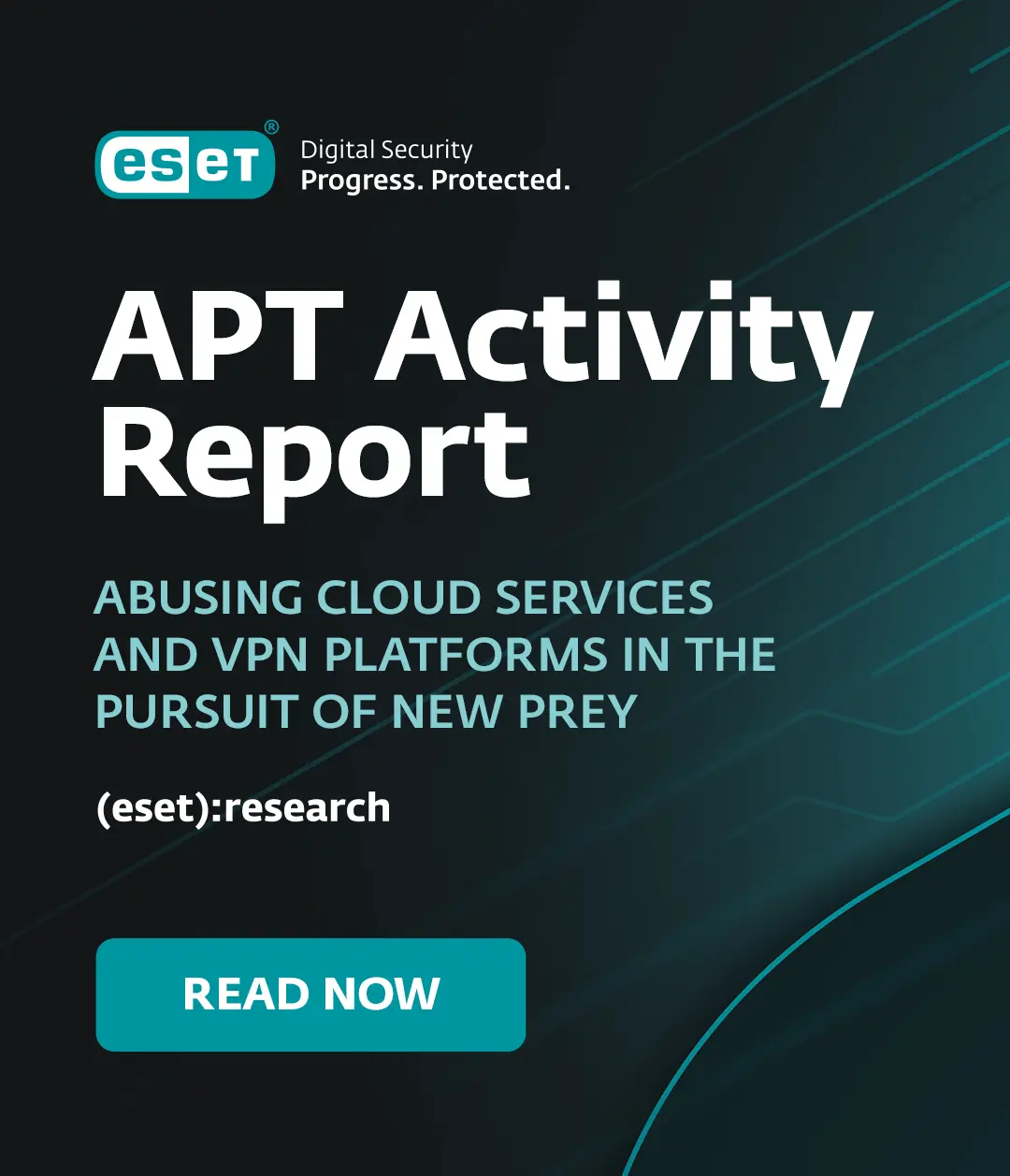As I already mentioned briefly in a blog about our October Threat Trends Report, researchers Christopher and Samir came up with an interesting idea at the First International Workshop on Aggressive Alternative Computing and Security, held under the auspices of ESIEA Laval (École Supérieure d'Informatique, Electronique et Automatique).
They took a handful of scanners (including NOD32), installed them, then logged as
administrator and tried to disable them as fast as possible. It's nice to know that NOD32 turned out to be more resistant than most to tampering like this, whereas some products can be disabled by simply manipulating support files on disk. Frankly, though, if I were using the product that was disabled in two minutes rather than thirty-three, I probably wouldn't change products on the basis of this test. The sad fact is that if you have direct access to a machine with administrator rights, it's usually game over. Essentially, it's all about context.
As Pierre-Marc has suggested, this isn't a very effective measure of a product's effectiveness.
“Malware has to execute code to disable the AV. If a piece of malware is detected, it will never execute and thus the process of the antivirus is safe. Our proactive detection of is our best defense
against disabling of ESET’s program by malware.”
You might be reminded of the infamous “Race to Zero” contest at Defcon 16, which essentially told no-one anything new but generated much heated discussion among our readers (http://www.eset.com/threat-center/blog/?s=race+to+zero).
In fact, useful research often comes out of ESIEA, and at least this exercise was apparently carried out without using real malware (unless you have a very prejudiced view of the EICAR test file) or reverse engineering. As Aryeh Goretsky, ESET Distinguished Researcher, has suggested we look forward to receiving more details, in order to see whether we can make use of them to strengthen the product. He also suggests that given the reliance in this exercise on physical access to systems, it would be quicker and easier to boot from removable media to carry out such an attack in the real world, and that strong passwords and disk encryption could be used to mitigate the risk.
David Harley
Director of Malware Intelligence




